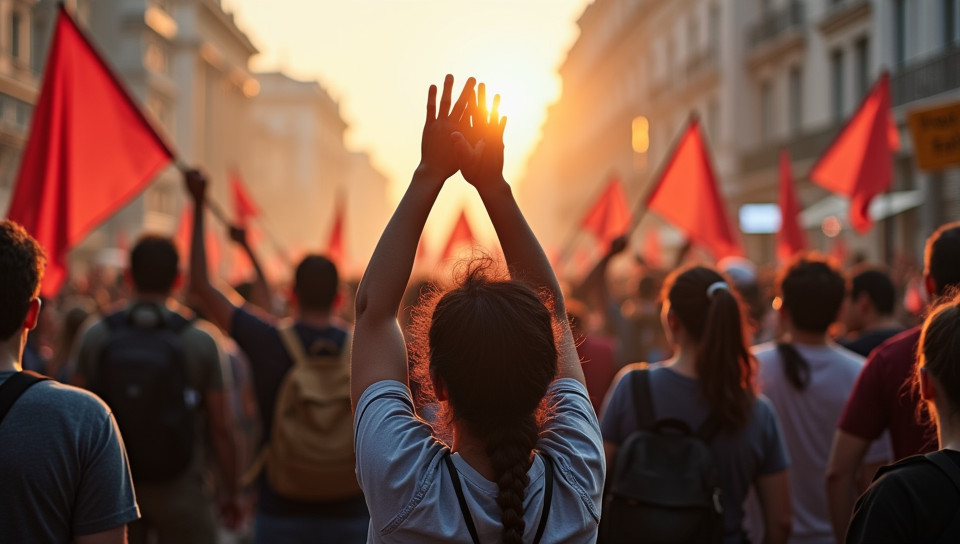Nonviolent resistance is a key tactic for activists 85%

Nonviolent Resistance: A Powerful Tool for Activists
In recent years, we've witnessed numerous social movements around the world, from the Arab Spring to Black Lives Matter, that have employed nonviolent resistance as a key tactic in their fight for change. But what exactly is nonviolent resistance, and why is it such an effective tool for activists?
The Power of Nonviolent Resistance
Nonviolent resistance is a method of achieving social or political change through peaceful means, often using tactics such as boycotts, civil disobedience, and protests. This approach has been employed by some of the most successful social movements in history, including the American Civil Rights Movement and the Indian Independence Movement.
The Benefits of Nonviolent Resistance
There are several benefits to employing nonviolent resistance as a tactic:
- It allows for widespread participation and mobilization
- It creates a sense of unity and shared purpose among activists
- It can be more effective than violent resistance in achieving social change
- It avoids the harm and destruction associated with violent conflict
The History of Nonviolent Resistance
Nonviolent resistance has a long history, dating back to ancient times. One of the most notable examples is the Indian Independence Movement led by Mahatma Gandhi, who employed nonviolent resistance against British colonial rule in the early 20th century.
Key Principles of Nonviolent Resistance
While there are many different forms and tactics associated with nonviolent resistance, there are several key principles that underlie this approach:
- Nonviolence: the use of peaceful means to achieve social or political change
- Civil disobedience: intentionally breaking laws or regulations in order to draw attention to a particular issue
- Protest: using public demonstrations and other forms of protest to bring attention to an issue
Conclusion
Nonviolent resistance is a powerful tool for activists, allowing them to achieve social or political change through peaceful means. By employing tactics such as boycotts, civil disobedience, and protests, activists can create widespread mobilization, unity, and shared purpose among their followers. As we continue to face numerous challenges in the world today, from climate change to inequality, nonviolent resistance will remain a key tactic for activists seeking to bring about positive change.
- Created by: Henry Richardson
- Created at: Sept. 12, 2024, 9:44 p.m.
- ID: 9262

